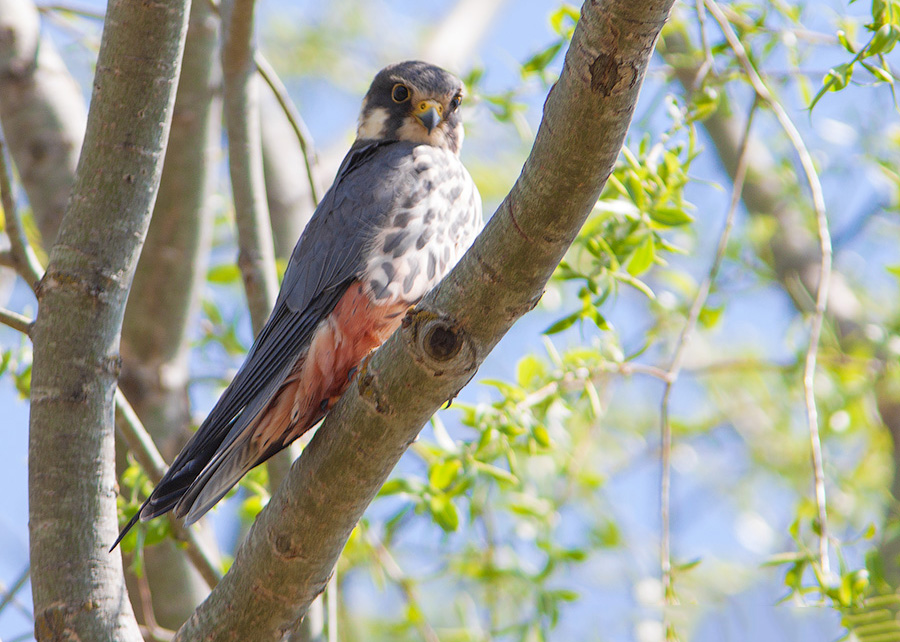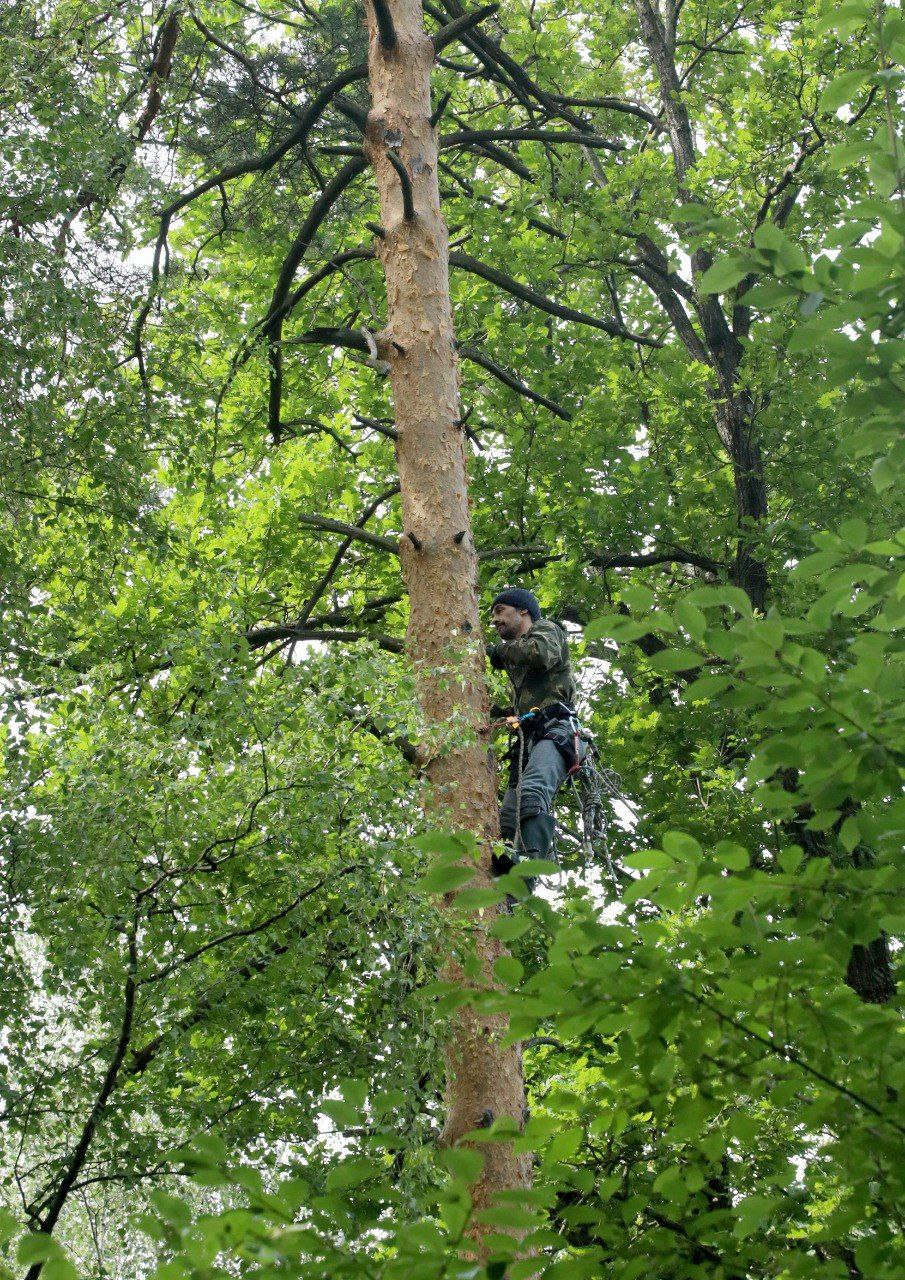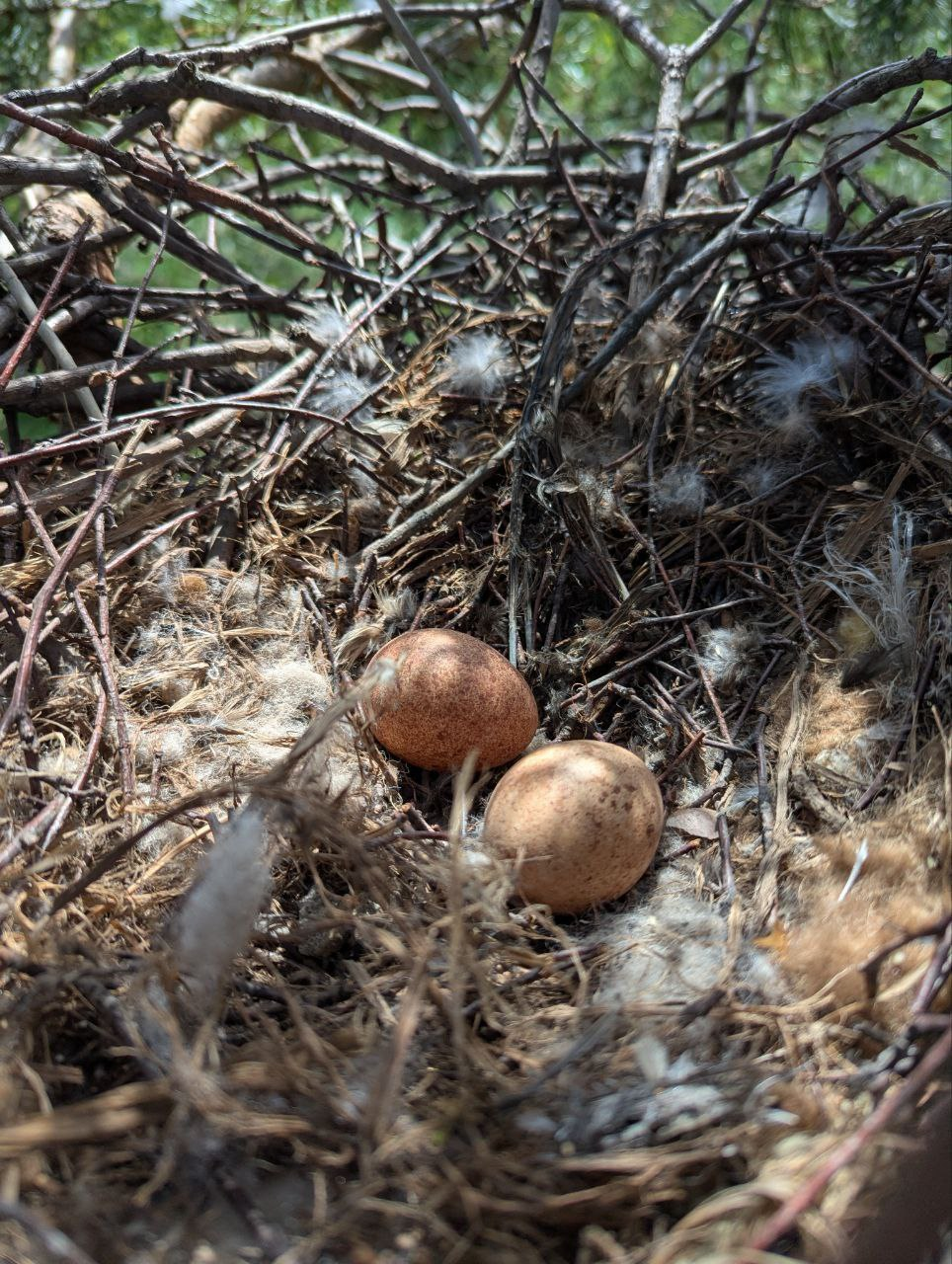
Birds of prey are reluctant to inhabit large cities, especially large metropolitan areas. Here they find it difficult to find enough food and hide from the 24-hour city bustle. However, Moscow is characterized by the presence of large green areas: parks and squares, many of which have become a refuge for rare bird species, such as the rare Eurasian hobby (falco subbuteo), listed in the Red Book of the city and region.

This rare bird does not nest in Moscow every year, usually choosing large parks (Losiny Ostrov, Ostankino, Bitsevsky, Pokrovskoe-Streshnevo, etc.) with old-growth pine forests. In 2025, during a survey of Moscow protected areas under an agreement between the Moscow Department of Nature Management and the A.N. Severtsov Institute of Ecology and Evolution of the Russian Academy of Sciences (IEE RAS), ornithologists from the institute and employees of the Krasnaya Sosna ecocenter established a nesting pair on the territory of the Moscow part of the Losiny Ostrov National Park.

The falcons occupied a nest at a height of over 20 meters, and experts examined it at the end of June. To their great joy, it was discovered that the pair was incubating a clutch of two eggs. Ornithologists hope that the pair will successfully raise their offspring, and the young will join the city's group of these rare birds. Hobbies are very likely to nest late, their chicks hatch at a time when other birds of prey have long since left their nests and become independent. This is due to the falcons' specific diet, they are skilled swift hunters, and the timing of feeding the falcons coincides with the mass flight of young swifts.

